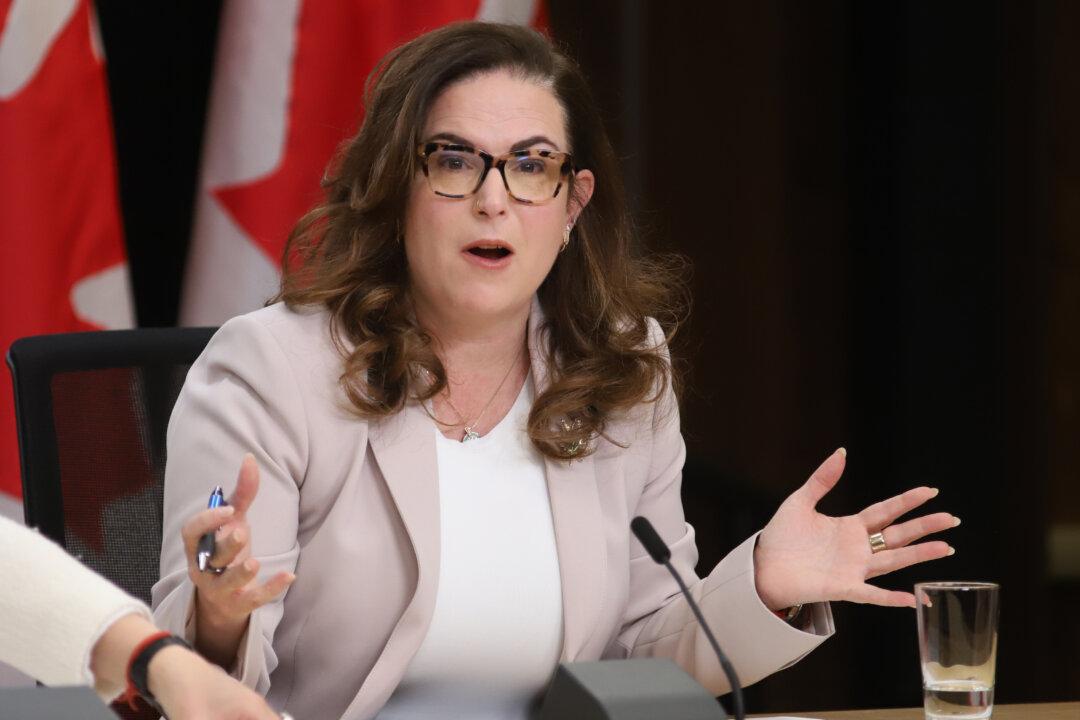Ottawa is considering a new round of funding for safer supply programs starting in June. Meanwhile, RCMP announced on April 8 the latest in a string of drug busts that found safer supply opioids in bulk.
Drug dealers are obtaining large amounts of government-funded safer supply opioids, says the RCMP in Prince George, B.C. A spokesperson said the drugs are obviously being sold somewhere, but she couldn’t reveal whether an ongoing investigation has found them ending up in the hands of teenagers.





